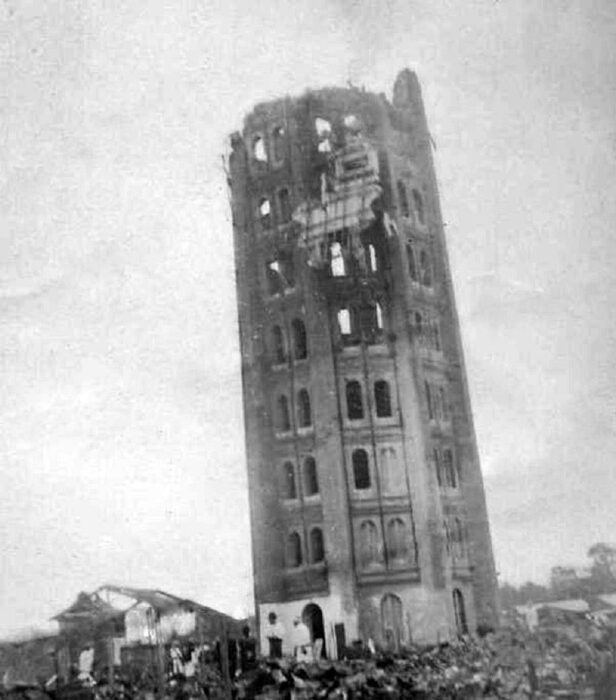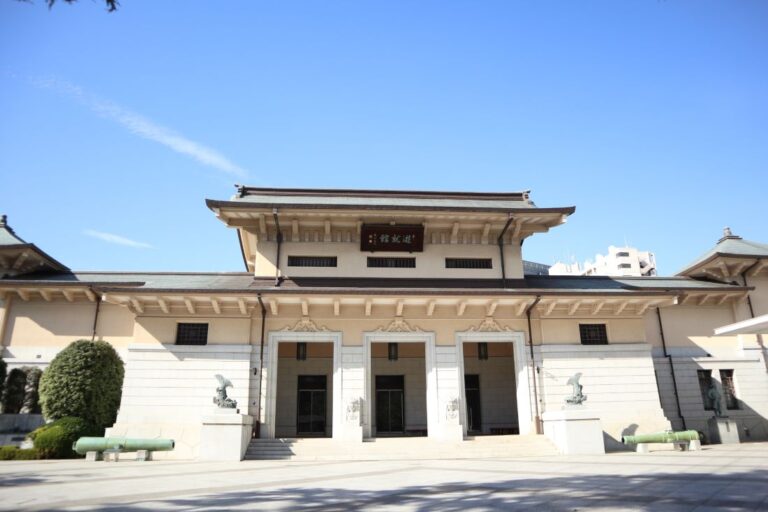The Great Kanto Earthquake of 1923 was a devastating natural disaster that struck the Kantō Plain on the main Japanese island of Honshū. It occurred at 11:58:44 JST on Saturday, September 1, 1923, and had a magnitude of 7.9. The earthquake caused widespread destruction in the Tokyo-Yokohama metropolitan area, resulting in the deaths of over 140,000 people.

Varied accounts indicate the duration of the earthquake was between four and ten minutes. The initial jolt was followed by a series of aftershocks, some of which were almost as powerful as the main shock. The earthquake caused widespread fires that burned for days, further exacerbating the damage. The disaster left hundreds of thousands of people homeless and caused significant damage to Japan’s economy.
The Great Kanto Earthquake of 1923 remains one of the deadliest earthquakes in history. Its impact on Japan was profound, both in terms of loss of life and the physical and economic damage it caused. In the years that followed, Japan made significant efforts to rebuild and improve its infrastructure to better prepare for future earthquakes and other natural disasters.
Background

The earthquake struck the Tokyo-Yokohama metropolitan area on September 1, 1923, at around noon local time, with a magnitude of 7.9 on the Richter scale. The earthquake was caused by a rupture of the Philippine Sea Plate, which lies beneath the Pacific Ocean and the Eurasian Plate.
It lasted for approximately four minutes, but it caused widespread destruction and loss of life. The death toll was estimated to have exceeded 140,000, making it one of the deadliest earthquakes in history. The earthquake also triggered fires that raged throughout the city, burning down many buildings and homes. The fires were fueled by strong winds and the use of traditional Japanese building materials, which were highly flammable.
The Quake was not the first major earthquake to strike Japan. The country is located on the Pacific Ring of Fire, which is a region of high seismic activity. Japan experiences more than 1,500 earthquakes per year, and many of them are strong enough to be felt by people. However, the Great Kanto Earthquake was particularly destructive because it struck one of the most densely populated areas of the country. Tokyo and Yokohama were rapidly growing cities at the time, and their populations were concentrated in poorly constructed buildings and homes.
The Earthquake

The Great Kanto Earthquake of 1923 was a catastrophic event that occurred on September 1st, 1923. The earthquake, with a magnitude of 7.9, struck the Tokyo-Yokohama metropolitan area near noon. It was one of the deadliest earthquakes in history, with an estimated death toll exceeding 140,000 people.
The earthquake caused widespread destruction and devastation, with entire neighborhoods reduced to rubble. Fires broke out across the city, and the lack of water due to broken pipes made it difficult to extinguish them. The flames spread rapidly, causing even more destruction and adding to the death toll.
The earthquake and subsequent fires also had significant economic impacts. The destruction of factories and businesses disrupted the economy, and the loss of life and property had long-lasting effects on the region.
The Great Kanto Earthquake of 1923 was a turning point in Japanese history. The disaster prompted the establishment of antityphoid measures and the building of urban infrastructure to prevent future disasters. The earthquake also led to changes in Japanese society, as people worked together to rebuild their communities and support one another in the aftermath of the disaster.
Aftermath

The Great Kanto Earthquake of 1923 was one of the deadliest natural disasters in history, with an estimated death toll of over 140,000 people. The earthquake and its aftereffects had a profound impact on Japan and its people, both in the short and long term.
In the immediate aftermath of the earthquake, the physical damage was immense. Entire neighborhoods were destroyed, and fires raged throughout Tokyo and Yokohama. The earthquake also triggered a tsunami that caused further damage and loss of life. The destruction was so extensive that it took years to fully rebuild the affected areas.
The earthquake also had significant social and political consequences. In the chaos that followed the disaster, rumors and misinformation spread quickly, leading to widespread panic and violence.
This included the Kantō Massacre, in which soldiers and vigilantes murdered thousands of ethnic Koreans and Japanese socialists. The government’s response to the disaster was widely criticized, and many saw it as a failure of leadership. Despite the devastation, the Great Kanto Earthquake also spurred significant changes in Japan.
The disaster led to improvements in earthquake preparedness and infrastructure, including the construction of earthquake-resistant buildings and the establishment of disaster response protocols. The earthquake also had a profound impact on Japanese literature, art, and culture, inspiring a wave of creative works that explored themes of destruction, loss, and resilience.
Overall, the Great Kanto Earthquake of 1923 was a tragic event that had a profound impact on Japan and its people. While the earthquake and its aftermath were devastating, they also spurred significant changes and inspired a wave of creative works that continue to resonate today.
Reconstruction
After the Great Kanto Earthquake of 1923, Japan was faced with the daunting task of rebuilding its capital city, Tokyo, and the surrounding areas. The destruction was extensive, with over 140,000 people losing their lives, and many more left homeless. The government responded by launching a massive reconstruction effort that would transform Tokyo into a modern city.
One of the key figures in the reconstruction effort was Gotō Shinpei, the mayor of Tokyo at the time. Gotō was a progressive politician who believed in the power of urban planning to improve people’s lives. He saw the earthquake as an opportunity to create a new, more efficient city that would be better equipped to handle future disasters.
Gotō’s plan involved building new roads, bridges, and public transportation systems that would connect different parts of the city. He also proposed the construction of new parks and public spaces that would serve as gathering places for the community. These parks were strategically located throughout the city to serve as refuge spots in case of future disasters.
One of the most significant changes brought about by the reconstruction effort was the implementation of stricter building codes. Before the earthquake, many buildings in Tokyo were constructed of wood and lacked proper fire safety measures. Gotō’s plan required that all new buildings be constructed of reinforced concrete and steel, and that they meet strict safety standards. This helped to prevent future disasters and made Tokyo a safer place to live.
The reconstruction effort was not without its challenges. The government faced criticism from some quarters for its handling of the relief effort, and there were concerns about the cost of the project. However, overall, the reconstruction effort was a success. Tokyo emerged from the disaster as a modern, efficient city that was better equipped to handle future disasters.
Legacy
The Great Kanto Earthquake of 1923 had a lasting impact on Japan, both in terms of its physical and cultural landscape. The destruction caused by the earthquake and subsequent fires led to a significant rebuilding effort, with many of Tokyo and Yokohama’s buildings and infrastructure completely reconstructed.
One of the most significant changes to come out of the disaster was the adoption of new building codes and earthquake-resistant designs. The lessons learned from the Great Kanto Earthquake helped to shape modern Japanese architecture and engineering, and many of the structures built in Japan today are designed to withstand even the strongest earthquakes.
The earthquake also had a significant impact on Japanese culture, particularly in the way that disaster and tragedy are portrayed in art and literature. The earthquake inspired a wave of creative works, including novels, poems, and films, that explored the themes of loss, trauma, and resilience. Today, the Great Kanto Earthquake is remembered as a pivotal moment in Japanese history, and a symbol of the country’s ability to overcome even the greatest challenges.






